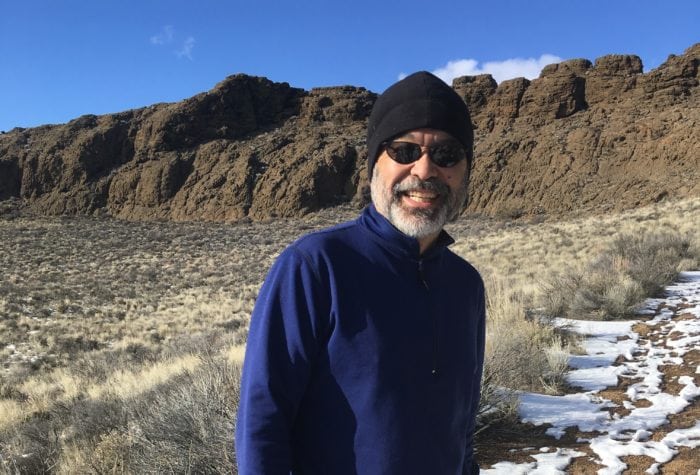Racing pronghorn. Soaring golden eagles. Charging salmon.
Oregon’s high desert pulses with the movement of these great creatures, but it’s good to remember that the desert’s iconic animals, birds and fish are no more vital to this ecosystem than any other species. They’re just easier to see. In fact, the little guys that live in the shadows of their larger neighbors are pretty intriguing, too.
Today, thanks to ONDA volunteer Marie Goebel uncovering some of the secrets of the high desert’s tiniest denizens, we’ll take a look at three small mammals – Ord’s Kangaroo Rat, Northern Water Shrew and American Pika – and the roles they play, as prey for numerous predator species and important seed dispersers for native plants.
We’ll start by throwing two facts at you.
- Nearly half of the mammal species in the high desert – 45 out of 94 – are rodents.
- Shrews are not rodents. (They are in the sorex order, a much closer relative of hedgehogs and moles.)
Read on to learn more!
